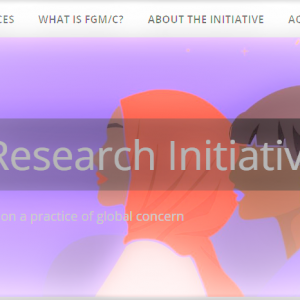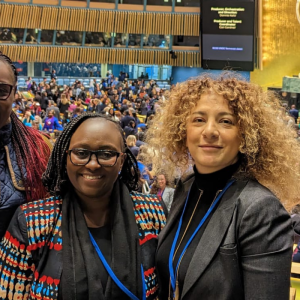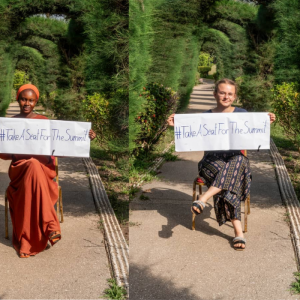Yesterday, February 6, Nature Ecology & Evolution published a study Frequency-dependent female genital cutting behaviour confers evolutionary fitness benefits.
The findings show FGC to be a social norm, held in place by the frequency with which it is practised (finding 1) and the fact that it enhances social fitness (finding 2).
FGC is relative to a person’s reference group, all those who the family would take into consideration if they were deciding whether or not to cut. A reference group is not identical to ethnicity, as assumed in this study. The study uses ethnicity as rough proxies for actual reference group, because those are the available data from limited DHS data.
In supporting communities to openly discuss the practice and make collective decisions to abandon, organisations such as Tostan with which we work are getting together members of a reference group (shown important by finding 1) and enabling discussion on why FGC happens and how it can end (addressing social fitness, finding 2). Through values deliberations, communities may, with time, choose to abandon FGC, shifting the norm from cut to not cut, changing marriageability and acceptance assumptions, resulting in a change in what makes up social fitness.
The article recommends the fostering of connection between cut and uncut women. To change a social norm, connections to discuss the practice must be fostered between all members of the community: men, women, youth, elders, religious leaders, community leaders etc. To just focus on women would not address the importance of the reference group nor break down factors inherent in social fitness: FGC is dependant on acceptance from one’s entire reference group.
The study finds that most ethnic groups are near 0% or 100% and that few are in between. It concludes that groups are “moving” from 50% to 0 or 100 and that policy should seek to reduce prevalence to less than 50% – then the rest is automatic.






